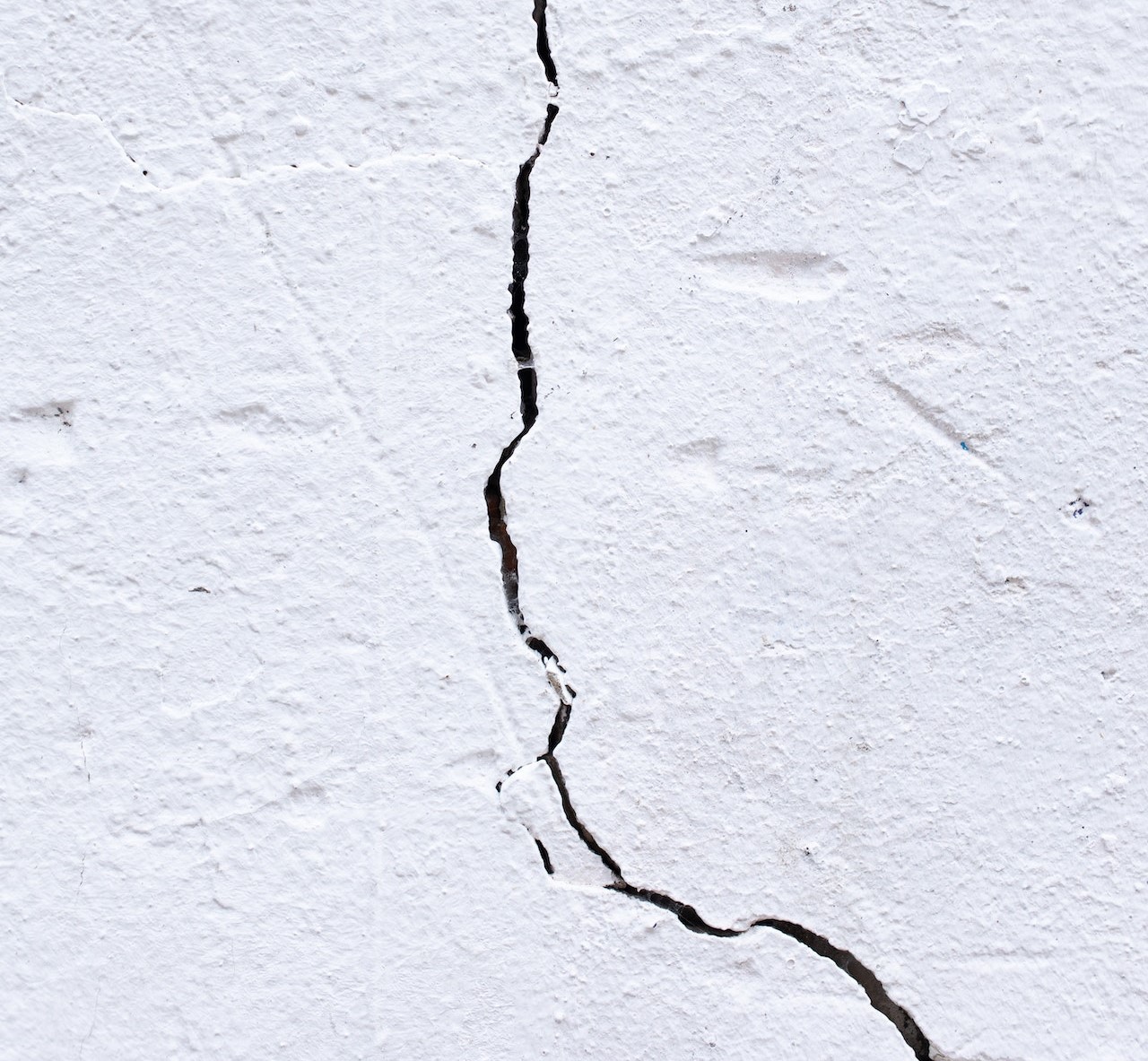
Top 7 Home Issues that Cause Moisture Intrusion
Moisture always negatively impacts a home’s interior. Dampness can lead to water stains, mold growth, and mildew formation.
These water issues can be acute or chronic. A hurricane or a busted pipe can cause damage and require extensive cleanup and flood repairs. Though they are less dramatic, condensation, slow plumbing leaks, and excessive humidity due to poor ventilation can be just as harmful to a home’s interior. In fact, these problems can lead to mold problems because they are often unnoticed until there is already significant growth.
This is a significant issue across the country — 29.4% of all insurance claims involve water damage, which is second only to wind and hail in terms of the number of insurance claims. Because it is so common, you should be aware of the ways water can get into your home.
Here is a look at the seven most common causes of moisture intrusion.
1. Leaking Pipes
Leaking or busted pipes are common causes of moisture intrusion. Florida residents do not have to worry much about freezing, which is the most common cause of busted pipes. However, regular plumbing leaks can cause plenty of damage.
The primary issue with such leaks is that pipes are behind walls, under floors, or in basements or crawl spaces. The water can soak into drywall, wood, or plaster, causing stains and mold growth and even leading to rotted wood that can compromise the home’s structure.
You might notice pooling or water stains, but it might also be possible to look at your water meter and monthly utility bill. Inexplicably high bills or a water meter running without reason could be signs of a slow plumbing leak.
You can also check your water pressure. High water pressure can cause leaks and break the seals around pipe joints or the connections between pipes and fixtures.
2. Clogged Drains
Clogged drains are a very common problem. Even if you are careful, food can become lodged in a kitchen drain, lint in a washing machine basin, and dirt and hair in a shower or bathtub.
Not only do these clogs cause backups, but they can also increase the overall moisture level in the home. The water that does not drain out properly has time to evaporate, increasing the moisture level inside the house.
Chemical or enzyme treatments can keep drains clean and deal with the problem of standing water in sinks and tubs.
3. Malfunctioning Sump Pump
A sump pump controls the water level in the lowest level of your home. It detects rising water pressure and removes the excess water before it has a chance to seep into your home.
Sump pumps can effectively protect your home from flooding during heavy rains. However, it is a mechanical device that can malfunction. If the component that detects rising water pressure or the pump itself isn’t working correctly, you will still have water intrusion problems.
Regular maintenance, including checking the drain used for outflow, can help ensure the device is working properly.
4. Foundation Cracks
Foundation cracks can occur over time as the building settles and the ground around it shifts or erodes. They do not compromise the structure overall. However, they can allow water to seep into the interior of the home.
These cracks can appear both inside and outside the home, and you can use a concrete compound to close the crack. Most cracks from settling are diagonal. However, horizontal cracks could be a sign of a compromised structure. A home inspection service can tell you if these cracks require more serious repairs.
If water continues to flow through a crack, it could widen over time, leading to more significant structural problems.
5. Condensation
Condensation occurs when the temperatures between the interior and exterior of a building are different. It is common on windows and in bathrooms and kitchens.
Condensation is a regular occurrence, especially in a humid and hot climate. Some home systems are designed to deal with this issue. For example, exhaust fans in the kitchen and bathroom can remove moist air. In general, proper airflow through the house can reduce condensation, while poor ventilation or aged and malfunctioning exhaust fans can stunt airflow and cause condensation to build up.
6. Gaps in Door and Window Frames
There can be gaps between window and door frames and the walls surrounding them. In some cases, the gaps may be covered with plaster or paint and may not be visible at first glance. Water can seep through these gaps when it rains. Also, the gaps can break the air seal in the home, allowing moist, humid air to enter.
Waterproof caulk or sealant can solve this issue, though larger gaps may necessitate replacing part or all of the frame.
7. Leaking Appliances
Washing machines, dishwashers, air conditioners, and refrigerators have drains and/or water hoses. The problem is that these are not made of the same solid materials as your home’s pipes. They are often made of rubber or plastic and are prone to cracking and decay. Also, the seals can break.
Regular maintenance can help you find leaks before they become problematic. You should always pay special attention when an appliance is approaching the end of its lifespan or if the warranty is about to expire.
How to Find Signs of Moisture Intrusion
Moisture intrusion can cause health hazards like mold growth. You should seek out a mold inspection in Florida if you have issues with moisture intrusion in your home.
Mold is one of the worst effects of moisture intrusion because it can cause health issues, especially for people with mold allergies or sensitive respiratory systems.
If you are purchasing a new home, a mold and water damage inspection is especially important. Mold mitigation can be expensive and time-consuming, and it is the last thing you will want to invest in after purchasing a new property.
Pro Inspect Solutions offers mold inspection in Florida, focusing on Osceola, Orange, Seminole, and Volusia counties. These inspection services can be useful for new buyers and their agents and any homeowners who have discovered moisture intrusion or dealt with recent flooding.
Contact us today to book an inspection.



